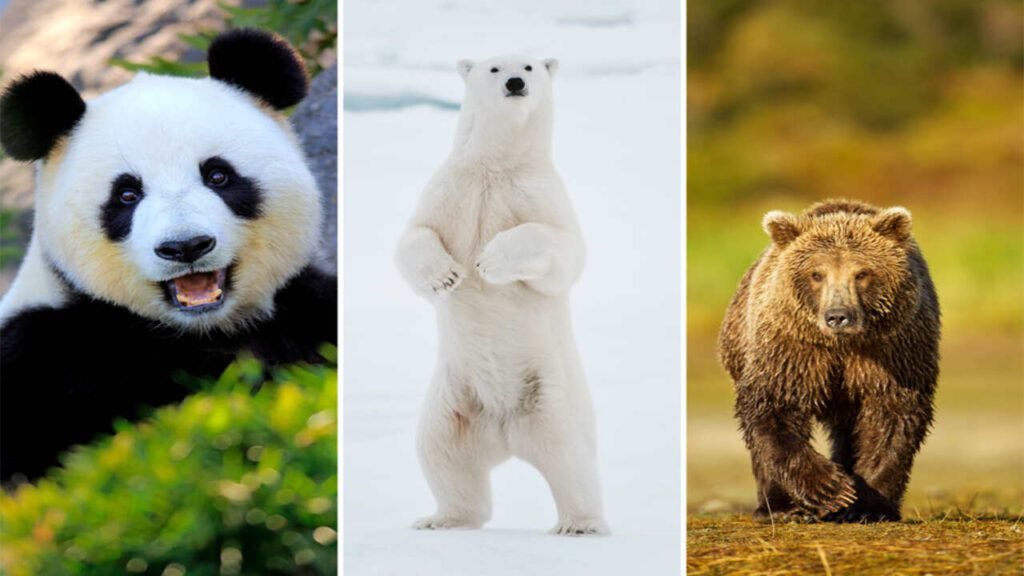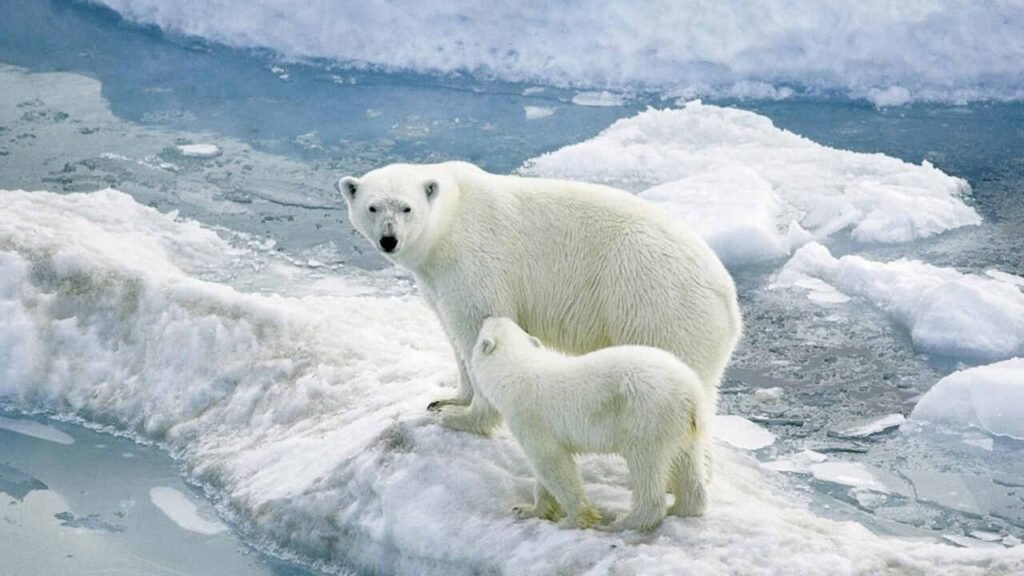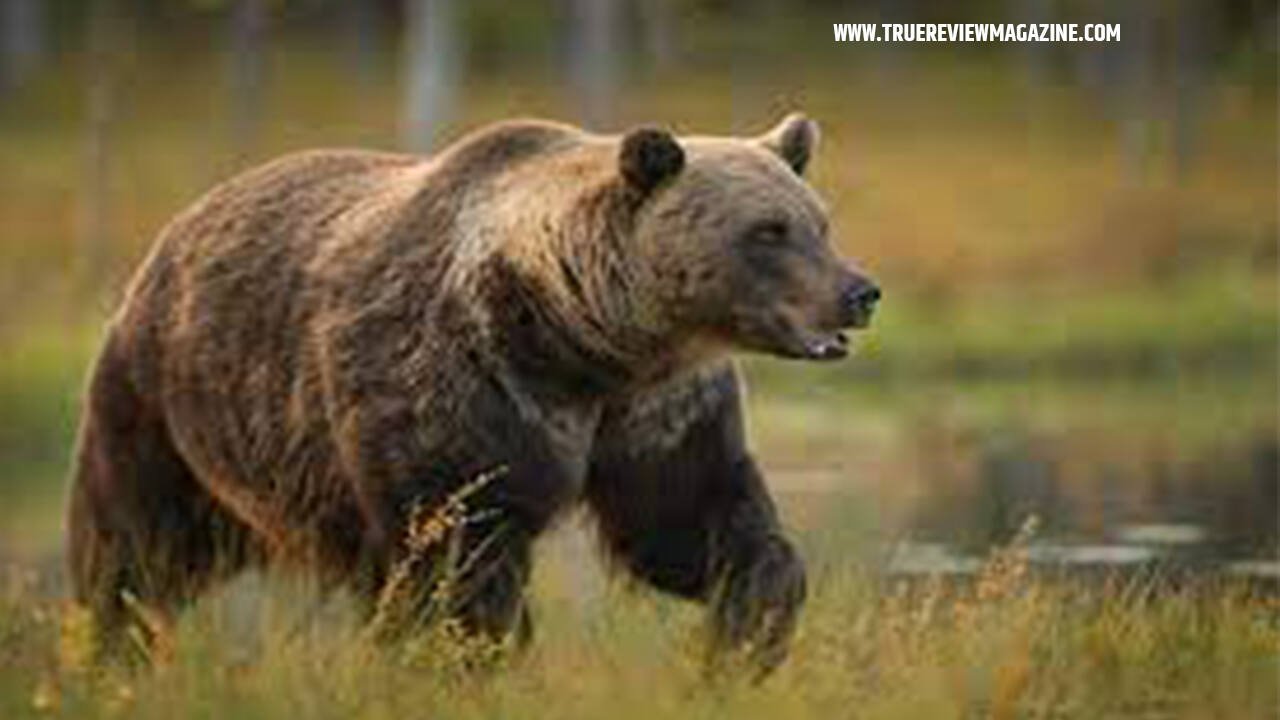Bears, with their awe-inspiring presence and remarkable characteristics, have long captured the fascination of people worldwide. From the grizzly bears roaming the vast wilderness of North America to the giant pandas gracefully navigating the bamboo forests of China, these magnificent creatures hold a special place in our hearts. However, the survival of bear populations is increasingly threatened, making bear conservation a vital and urgent cause. In this article, we delve into the importance of bear conservation efforts and the role we can play in protecting these majestic animals.
In recent years, the opportunity to witness bears in their natural habitats has become a popular and captivating experience for travelers. Bear tourism not only offers a remarkable encounter with these majestic creatures but also presents a unique avenue for promoting conservation and fostering public education. In this article, we delve into the delicate balance between bear tourism, conservation efforts, and the importance of responsible practices. Join us as we explore the captivating world of bear tourism and its role in preserving these iconic animals.
Understanding the Bear Species Diversity

Bears are a diverse group, consisting of several species with unique characteristics and habitats. Some of the prominent bear species include grizzly bears, polar bears, black bears, brown bears, and panda bears. Each species plays a crucial role in maintaining the ecological balance of their respective ecosystems. However, factors such as habitat loss, illegal hunting, and climate change pose significant threats to their survival.
The Significance of Bear Conservation
Bear conservation is not only crucial for preserving the biodiversity of our planet but also for maintaining the health and resilience of entire ecosystems. Bears are considered keystone species, meaning they have a disproportionate impact on their environment. Their presence or absence can significantly influence the populations of other plant and animal species, as well as the overall functioning of ecosystems.
One crucial aspect of bear conservation is the preservation of biodiversity. Bears are integral components of their respective habitats, contributing to the diversity of species and genetic variability. By protecting bear populations, we ensure the preservation of entire ecosystems and the intricate web of life that relies on their presence.
Furthermore, bears act as ecosystem engineers. Their foraging behaviors, such as digging for food and creating tree hollows, shape landscapes and provide habitats for other organisms. For example, fallen trees resulting from bear activities create microhabitats for insects, fungi, and small mammals. These interactions have cascading effects on the overall ecosystem health.
Threats to Bear Populations
Several factors contribute to the decline in bear populations worldwide. Habitat destruction due to deforestation, urban expansion, and mining activities disrupts their natural habitats and limits their access to food and resources. Additionally, illegal wildlife trade, poaching, and conflicts with humans further endanger bear populations. Climate change poses another significant threat, affecting the availability of food sources, altering bear habitats, and increasing the risk of human-bear conflicts.
Bear Conservation Efforts: Making a Difference

Dedicated organizations and passionate individuals around the world are actively involved in bear conservation efforts. These initiatives aim to protect bear habitats, combat illegal wildlife trade, promote sustainable practices, and raise awareness about the importance of coexistence between humans and bears.
Conservation programs focus on various strategies, including habitat restoration, captive breeding and reintroduction, anti-poaching measures, public education, and research initiatives. By addressing the root causes of bear population decline and implementing sustainable conservation practices, these efforts strive to secure a future for bears and their habitats.
Bear Tourism: Balancing Conservation and Education

Bear tourism offers a unique opportunity to generate economic benefits while promoting bear conservation. Responsible and ethical tourism practices can provide financial incentives for local communities to protect bear habitats and support conservation initiatives. Well-managed bear-watching tours, guided by knowledgeable experts, can educate visitors about bear behavior, conservation challenges, and the importance of preserving natural habitats.
Bear tourism offers a unique opportunity to observe these magnificent creatures in their natural habitats while simultaneously contributing to their conservation and promoting public education. It is a delicate balance between providing an enriching experience for tourists and ensuring the well-being and protection of bear populations.
One of the key benefits of bear tourism is its potential to generate economic value for local communities. When properly managed, it can serve as a sustainable source of income, creating incentives for communities to actively participate in bear conservation efforts. Revenue generated from bear tourism can be directed towards conservation initiatives, habitat protection, and community development, fostering a positive cycle of conservation and socio-economic growth.
Moreover, bear tourism plays a crucial role in raising awareness and educating the public about the importance of bear conservation. Visitors have the opportunity to learn about bear behavior, habitat requirements, and the challenges they face in the wild. This firsthand experience can foster a deeper appreciation for these animals and the need to protect their habitats.
Ensuring Bear Safety: Coexistence and Education

Promoting bear safety is essential for both humans and bears. Education plays a vital role in raising awareness about proper behavior in bear habitats, reducing conflicts, and minimizing the risk of bear-human encounters. Strategies such as bear-resistant garbage bins, electric fencing, and public education campaigns help foster a harmonious coexistence between humans and bears, ensuring the safety of both.
Education is a powerful tool in fostering bear safety and understanding. Educating local communities, visitors, and outdoor enthusiasts about bear behavior, proper protocols, and the importance of respecting wildlife is essential. Public awareness campaigns, signage, and interpretive programs can contribute to building a culture of bear safety. Understanding the significance of bears within ecosystems and the consequences of irresponsible actions can help create a mindset of coexistence.
Technology also plays a part in enhancing bear safety. The use of bear-resistant fencing, electric fencing, and motion-activated deterrents can deter bears from entering areas where they pose a potential threat to human safety. Early warning systems, such as bear bells or noise-making devices, can alert bears to human presence, reducing surprise encounters.
Future Outlook: Our Role in Bear Conservation

As individuals passionate about nature and wildlife, we all have a part to play in bear conservation. Supporting reputable conservation organizations through donations, volunteering, or advocacy can contribute to their efforts on the ground. Promoting sustainable practices in our daily lives, such as reducing our carbon footprint and consuming responsibly sourced products, can indirectly benefit bear habitats and ecosystems.
By spreading awareness about the importance of bear conservation within our communities and networks, we can inspire others to take action. Every small step we take collectively adds up to significant positive change, safeguarding the future of these magnificent creatures for generations to come.
Conclusion
Bear conservation is a pressing global issue that demands our attention and action. By understanding the significance of bear species diversity, recognizing the threats they face, and actively participating in conservation efforts, we can make a difference. Together, let us protect the majesty of bears, preserve their habitats, and secure their rightful place in the natural world.
bear conservation is not just a matter of preserving a single species; it is a vital endeavor for safeguarding our planet’s biodiversity and maintaining the health of entire ecosystems. The diverse bear species, such as grizzly bears, polar bears, and panda bears, play essential roles as keystone species, shaping their environments and impacting other flora and fauna. However, numerous threats, including habitat loss, illegal hunting, and climate change, jeopardize their survival.
Fortunately, dedicated organizations and individuals are actively engaged in bear conservation efforts worldwide. Through habitat protection, anti-poaching measures, education, and research, they strive to ensure the long-term survival of bears and their habitats. Additionally, responsible bear tourism can provide economic incentives for local communities while raising awareness about conservation.
read more: truereviewmagazine.com










